The Essential Guide to Dental Instruments: What You Need to Know
Get the Best Dental Instruments Now!
Are you looking for the best dental instruments to help you with your dental practice? Look no further! We have a wide selection of high-quality dental instruments that are perfect for any dental professional. Our instruments are designed to provide maximum comfort and accuracy, so you can be sure that you’re getting the best results every time. Plus, our prices are competitive and we offer free shipping on orders over $50. So don’t wait – get the dental instruments you need today at DentalBooks.net.
Introduction
This Essential Guide to Dental Instruments provides a comprehensive overview of the tools and equipment used in dentistry. It covers everything from basic instruments to specialized tools, as well as the latest advances in dental technology. With this guide, you’ll gain a better understanding of the different types of instruments used in dentistry, their uses, and how to properly care for them. Whether you’re a dentist, dental assistant, or patient, this guide will help you become more knowledgeable about the essential dental instruments and their proper use.
Overview of Common Dental Instruments
Dental instruments are tools used by dentists to provide dental treatment. They range from simple, handheld tools such as mirrors and probes, to complex machines such as dental drills and x-ray machines. Dental instruments are designed to help dentists diagnose, prevent, and treat oral health problems.
The most common dental instruments include:
1. Mirrors: Mirrors are used to inspect the teeth and gums for signs of decay or other abnormalities. They come in a variety of shapes and sizes, including straight, curved, and angled mirrors.
2. Probes: Probes are thin metal rods with a pointed tip that are used to measure the depth of cavities and pockets between the teeth and gums.
3. Scalers: Scalers are used to remove plaque and tartar buildup from the teeth. They come in a variety of shapes and sizes, including hand scalers, ultrasonic scalers, and air polishers.
4. Curettes: Curettes are small, spoon-shaped instruments used to scrape away plaque and tartar buildup from the teeth.
5. Excavators: Excavators are used to remove caries (decayed tooth material) from the teeth. They come in a variety of shapes and sizes, including round, flat, and pointed excavators.
6. Forceps: Forceps are used to grasp and hold objects, such as teeth, during dental procedures.
7. Dental Drills: Dental drills are used to cut into the teeth to prepare them for fillings or other treatments.
8. X-Ray Machines: X-ray machines are used to take images of the teeth and surrounding structures.
9. Suction Devices: Suction devices are used to remove saliva and debris from the mouth during dental procedures.
10. Syringes: Syringes are used to inject anesthetics and other medications into the mouth.
These are just some of the many dental instruments used by dentists to provide quality care to their patients. Each instrument has its own unique purpose and is designed to help dentists diagnose, prevent, and treat oral health problems.
Types of Dental Handpieces and Their Uses
Dental handpieces are essential tools used by dentists and dental hygienists to perform a variety of procedures. They come in a variety of shapes, sizes, and types, each designed for a specific purpose. The most common types of dental handpieces are high-speed, low-speed, and air-driven.
High-speed handpieces are the most commonly used type of dental handpiece. These handpieces are powered by an electric motor and can spin at speeds up to 400,000 rpm. They are used for cutting and grinding hard materials such as enamel and bone. High-speed handpieces are also used for drilling and polishing teeth.
Low-speed handpieces are powered by an electric motor and spin at speeds between 10,000 and 40,000 rpm. These handpieces are used for more delicate procedures such as polishing and finishing fillings. Low-speed handpieces are also used for removing plaque and tartar from teeth.
Air-driven handpieces are powered by compressed air and spin at speeds up to 200,000 rpm. These handpieces are used for cutting and grinding soft materials such as composite and acrylic. Air-driven handpieces are also used for polishing and finishing crowns and bridges.
In addition to these three main types of dental handpieces, there are also specialty handpieces that are used for specific procedures. For example, endodontic handpieces are used for root canal treatments, while implant handpieces are used for placing dental implants.
No matter what type of dental handpiece is being used, it is important to ensure that it is properly maintained and sterilized after each use. This will help to ensure that the handpiece is functioning properly and that patients are not exposed to any potential risks.
Care and Maintenance of Dental Instruments
Proper care and maintenance of dental instruments is essential for the safety of both patients and dental professionals. Dental instruments are used to diagnose, treat, and prevent oral health problems, so it is important that they are kept in good condition.
The first step in caring for dental instruments is to clean them after each use. This can be done by using a soft brush and warm water with a mild detergent. It is important to make sure that all surfaces of the instrument are thoroughly cleaned, including any crevices or hard-to-reach areas. After cleaning, the instruments should be rinsed with clean water and dried with a lint-free cloth.
Once the instruments have been cleaned, they should be sterilized. This can be done using an autoclave, which uses high pressure and steam to kill any bacteria or other microorganisms on the instruments. Autoclaves should be regularly tested to ensure that they are working properly.
In addition to regular cleaning and sterilization, it is important to inspect the instruments for any signs of wear or damage. If any damage is found, the instrument should be repaired or replaced as soon as possible.
Finally, it is important to store the instruments properly. Instruments should be stored in a dry, dust-free environment away from direct sunlight. They should also be stored in a way that prevents them from coming into contact with other instruments or objects.
By following these steps, dental professionals can ensure that their instruments are kept in good condition and are safe to use. Proper care and maintenance of dental instruments is essential for providing quality care to patients.
Sterilization Techniques for Dental Instruments
Sterilization is an essential part of dental instrument care and maintenance. It is a process that eliminates all forms of microorganisms, including bacteria, viruses, fungi, and spores, from instruments used in dental procedures. Sterilization techniques are designed to ensure the safety of patients and dental professionals by preventing the spread of infection.
There are several methods of sterilization available for dental instruments. The most common method is autoclaving, which uses pressurized steam to kill microorganisms. Autoclaves are typically used to sterilize metal instruments, such as forceps, scalers, and curettes. Other materials, such as plastic and rubber, may be sterilized using chemical solutions or dry heat.
Chemical sterilization is a popular option for dental instruments because it is fast and effective. Chemical solutions, such as glutaraldehyde and hydrogen peroxide, are used to disinfect instruments. These solutions are usually applied with a spray bottle or immersion bath.
Dry heat sterilization is another option for sterilizing dental instruments. This method uses high temperatures to kill microorganisms. Dry heat sterilizers use either electric heating elements or gas burners to generate the necessary heat.
Ultrasonic cleaning is also used to clean and disinfect dental instruments. This method uses sound waves to remove debris and bacteria from instruments. Ultrasonic cleaners are often used in combination with other sterilization techniques to ensure complete disinfection.
No matter which sterilization technique is used, it is important to follow the manufacturer’s instructions carefully. Properly sterilized instruments will help protect both patients and dental professionals from the spread of infection.
Safety Considerations When Using Dental Instruments
Safety is of the utmost importance when using dental instruments. It is essential to ensure that all instruments are properly sterilized and disinfected before use, as well as after use. This will help to prevent the spread of infection and disease.
When handling dental instruments, it is important to wear protective gloves and a face mask to protect against any potential contamination. Additionally, it is important to keep the instruments clean and free from debris. Any debris should be removed with a soft brush or cloth before sterilization.
It is also important to inspect the instruments prior to use. This includes checking for any signs of damage or wear and tear. If any damage is found, the instrument should not be used until it has been repaired or replaced.
When using dental instruments, it is important to maintain proper posture and body mechanics. This will help to reduce the risk of injury and fatigue. Additionally, it is important to use the correct technique when using the instruments. This will help to ensure that the procedure is performed correctly and safely.
Finally, it is important to follow all safety protocols and guidelines when using dental instruments. This includes following the manufacturer’s instructions for use and maintenance. Additionally, it is important to adhere to all local and national regulations regarding the use of dental instruments.
By following these safety considerations, you can help to ensure that dental procedures are performed safely and effectively. This will help to protect both the patient and the practitioner from any potential harm.
Conclusion
The Essential Guide to Dental Instruments provides a comprehensive overview of the tools and equipment used in dentistry. From basic instruments like forceps and scalers to more specialized items like endodontic files and ultrasonic cleaners, this guide covers all the essential information you need to know about dental instruments. With this knowledge, you can make informed decisions when selecting the right tools for your practice. Whether you’re a new dentist or an experienced professional, this guide is an invaluable resource for understanding the basics of dental instrumentation.
Only logged in customers who have purchased this product may leave a review.
Related Products
JOURNALS/ARTICLES
Excelling in Dentistry: Unveiling the 20 Best Dental Online Courses for Dentists in 2023
JOURNALS/ARTICLES
Unveiling the 20 Best Dental Online Courses for Dentists in 2023
JOURNALS/ARTICLES
Explore the Top 20 Dental Online Courses for Dentists in 2023
JOURNALS/ARTICLES
Unveiling the 20 Best Dental Online Courses in 2023 for Dentists
JOURNALS/ARTICLES
Discover the Top 20 Dental Online Courses in 2023 for Dentists
JOURNALS/ARTICLES
JOURNALS/ARTICLES
JOURNALS/ARTICLES
Top 10 Best Orthodontics Books to Enhance Your Knowledge in 2023
JOURNALS/ARTICLES
Get Ahead in Your Orthodontics Career: 20 Essential Books Every Student Should Read
JOURNALS/ARTICLES
A Comprehensive Guide to the Top 20 Orthodontics Books of All Time
JOURNALS/ARTICLES
JOURNALS/ARTICLES
Uncover the 20 Top Orthodontics Books to Guide Your Education
JOURNALS/ARTICLES
JOURNALS/ARTICLES
Get the Edge on Orthodontics: Uncovering the Top 20 Books of All Time
JOURNALS/ARTICLES
An Essential Reading List: The 20 Best Orthodontics Books of All Time
JOURNALS/ARTICLES
A Comprehensive Look at the Leading Orthodontics Resources Available
JOURNALS/ARTICLES
Advance Your Orthodontic Knowledge – Top 20 Recommended Books
JOURNALS/ARTICLES
Uncover the Riches of Orthodontic Knowledge: A Review of the 20 Best Orthodontics Books
JOURNALS/ARTICLES
JOURNALS/ARTICLES
5 Must-Read Books on Orthodontics for Healthcare Professionals
JOURNALS/ARTICLES
JOURNALS/ARTICLES
Find Out What Orthodontist Achieve with Recommended Reading Materials
JOURNALS/ARTICLES
JOURNALS/ARTICLES
JOURNALS/ARTICLES
An Overview of the Best Orthodontic Books for Dental Professionals
JOURNALS/ARTICLES
Discovering the Best Dental Books at UNSW Sydney: A Guide for Students
JOURNALS/ARTICLES
Discovering the Best Dental Books at the University of Bristol Library
JOURNALS/ARTICLES
Discovering the Best Dental Books at Ecole normale supérieure, Paris: A Guide for Students
JOURNALS/ARTICLES
Discovering the Best Dental Books at KAIST: Korea Advanced Institute of Science & Technology
JOURNALS/ARTICLES
JOURNALS/ARTICLES
Discovering the Best Dental Books at UCSD: A Guide for Students
JOURNALS/ARTICLES
Discovering the Best Dental Books at Peking University: A Guide for Students and Professionals
JOURNALS/ARTICLES
Discovering the Best Dental Books at Kyoto University Library
JOURNALS/ARTICLES
Discovering the Best Dental Books at Seoul National University Library
JOURNALS/ARTICLES
Discovering the Best Dental Books at London School of Economics and Political Science (LSE)
JOURNALS/ARTICLES
JOURNALS/ARTICLES
Discover the Best Orthodontics Books in PDF Format for Free Download
JOURNALS/ARTICLES
Top 100 Best Orthodontics Books: A Comprehensive Guide to the Must-Reads for Orthodontists
JOURNALS/ARTICLES
JOURNALS/ARTICLES
Top 20 Best Orthodontics Books: A Comprehensive Guide to the Must-Reads for Orthodontists
JOURNALS/ARTICLES
JOURNALS/ARTICLES
Top 5 Best Orthodontics Books: A Comprehensive Guide to Finding the Right Resource for You
JOURNALS/ARTICLES
50 of the Best Orthodontics Books to Read: A Comprehensive Guide for Orthodontists
JOURNALS/ARTICLES
Dental Care: A Guide to Understanding the Basics of Dentistry Books
JOURNALS/ARTICLES
Exploring the Benefits of Reading Books on Dentistry: A Guide for Dental Professionals
JOURNALS/ARTICLES
Exploring the Benefits of Reading Books on Dentistry: A Guide for Patients and Professionals
JOURNALS/ARTICLES
JOURNALS/ARTICLES
Discover the Best Dental Books Online in Ireland: A Guide to Finding Quality Resources
JOURNALS/ARTICLES
Discovering Dental Books Online in Belarus: An Informative Guide
JOURNALS/ARTICLES
Discover the Best Dental Books Online in Nigeria: A Guide to Finding Quality Resources
JOURNALS/ARTICLES
Discovering Dental Books Online in Albania: An Informative Guide
JOURNALS/ARTICLES
Discovering Dental Books Online in Palestine: A Guide to Finding Quality Resources
JOURNALS/ARTICLES
JOURNALS/ARTICLES
Discovering Dental Books Online in Guatemala: A Guide to Finding Quality Resources
JOURNALS/ARTICLES
Discovering Dental Books Online in Kazakhstan: An Informative Guide
JOURNALS/ARTICLES
JOURNALS/ARTICLES
JOURNALS/ARTICLES
Discover the Best Dental Books Online in Sri Lanka: A Guide to Finding Quality Resources
JOURNALS/ARTICLES
JOURNALS/ARTICLES
Discovering Dental Books Online in South Africa: A Guide to Finding Quality Resources
JOURNALS/ARTICLES
Discovering Dental Books Online in Afghanistan: A Guide to Finding Quality Resources
JOURNALS/ARTICLES
Discover the Best Dental Books Online in Costa Rica: A Guide to Finding Quality Resources
JOURNALS/ARTICLES
Discovering Dental Books Online in Uzbekistan: An Informative Guide
JOURNALS/ARTICLES
Discovering Dental Books Online in Hong Kong: A Guide to Finding Quality Resources
JOURNALS/ARTICLES
Discovering Dental Books Online in Slovakia: An Informative Guide
JOURNALS/ARTICLES
Discover the Best Dental Books Online in Singapore: A Guide to Finding Quality Resources
JOURNALS/ARTICLES
Discovering the Best Dental Books Online in Iran: A Guide to Finding Quality Resources
JOURNALS/ARTICLES
Discovering Dental Books Online in Mongolia: An Informative Guide
JOURNALS/ARTICLES
Discover the Best Dental Books Online in Nepal: A Guide to Finding Quality Resources
JOURNALS/ARTICLES
Discovering Dental Books Online in Algeria: An Informative Guide
JOURNALS/ARTICLES
JOURNALS/ARTICLES
Discover the Best Dental Books Online in Portugal: A Guide to Finding Quality Resources
JOURNALS/ARTICLES
Discovering Dental Books Online in Jordan: An Informative Guide
JOURNALS/ARTICLES
Discover the Best Dental Books Online in Ukraine: A Guide to Finding Quality Resources
JOURNALS/ARTICLES
Discovering Dental Books Online in Iraq: An Informative Guide
JOURNALS/ARTICLES
Discovering Dental Books Online in Ecuador: An Informative Guide
JOURNALS/ARTICLES
Dental Books Online in Ethiopia: A Guide to Finding Quality Resources
JOURNALS/ARTICLES
Dental Books Online in Georgia: A Guide to Finding Quality Resources
JOURNALS/ARTICLES
Dental Books Online in Romania: A Guide to Finding Quality Resources
JOURNALS/ARTICLES
Dental Books Online in Australia: A Guide to Finding Quality Resources
JOURNALS/ARTICLES
Dental Books Online in Yemen: A Guide to Finding Quality Resources
JOURNALS/ARTICLES
Discover the Best Dental Books Online in Malaysia: A Guide to Finding Quality Resources
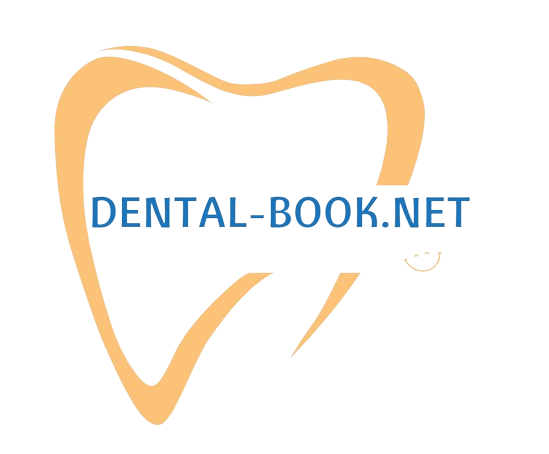



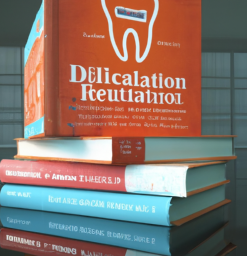
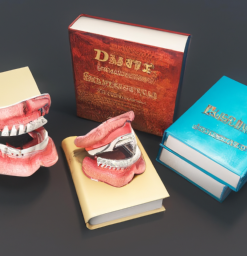

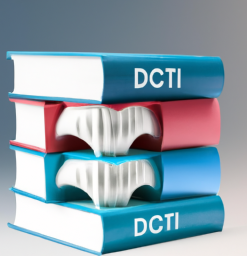
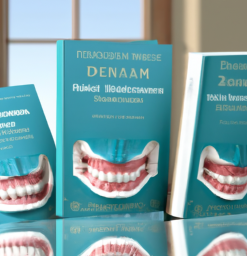
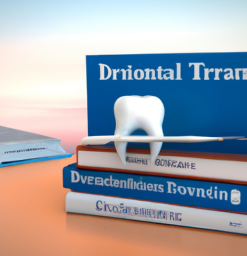

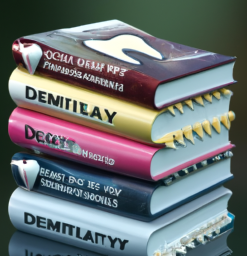
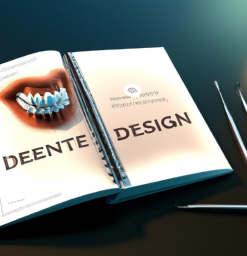




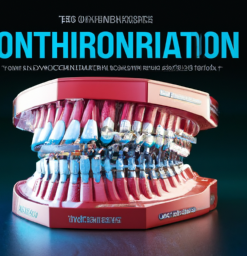
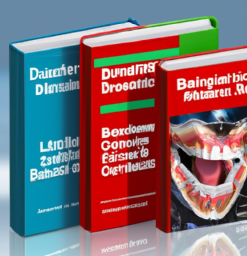





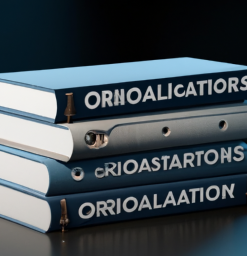

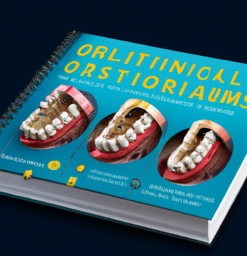



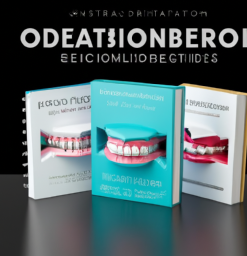
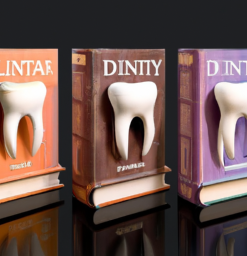
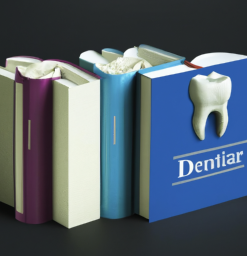
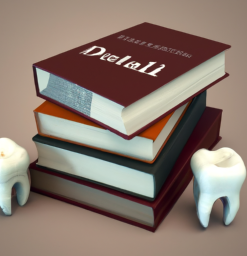
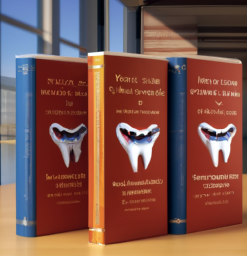
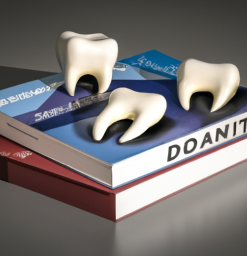

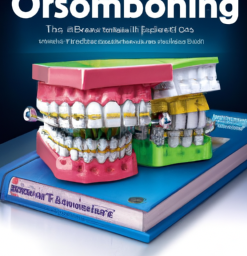


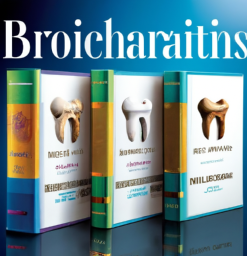
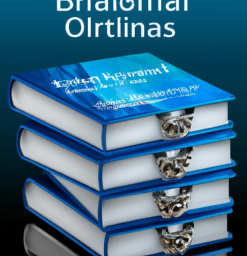
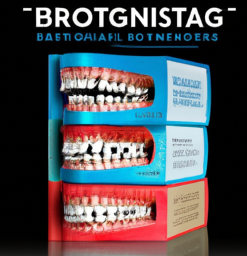


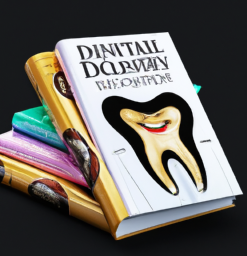

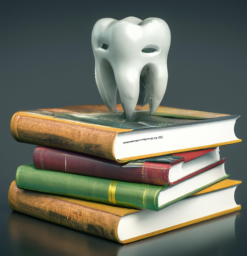




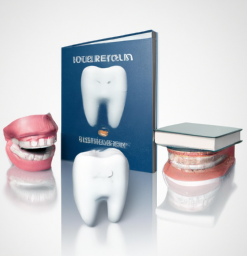

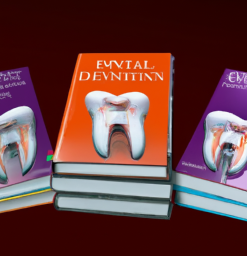
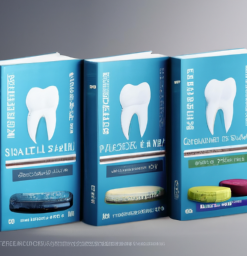
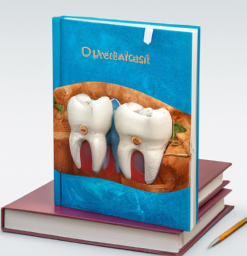
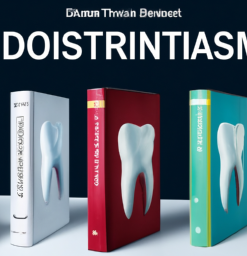

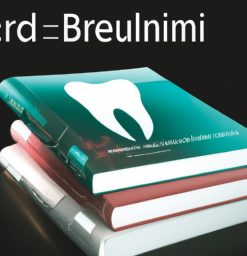


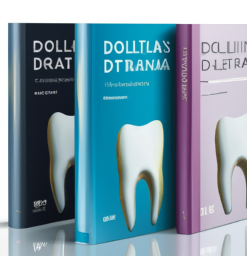
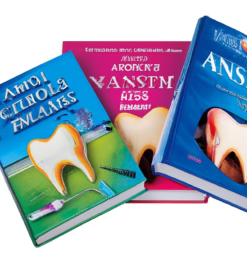

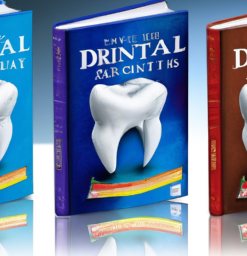
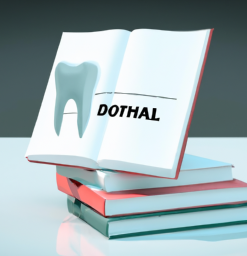

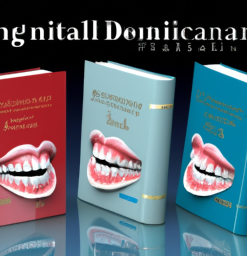

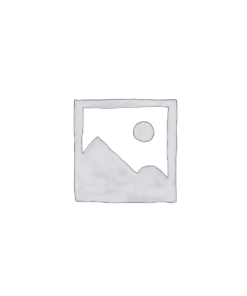
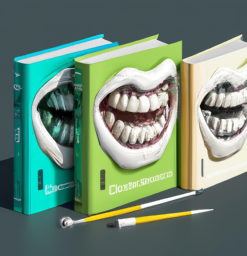
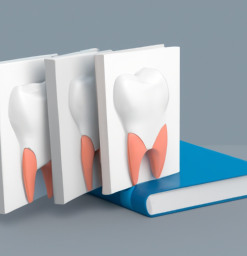

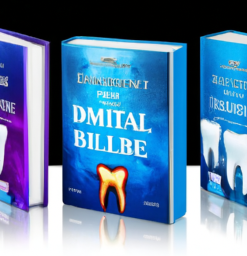
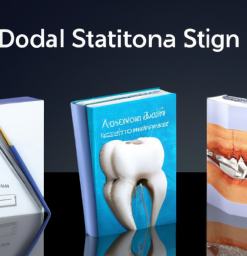
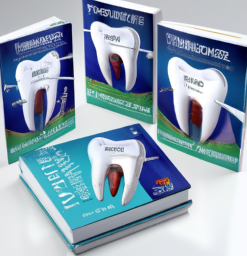
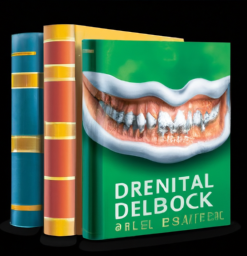
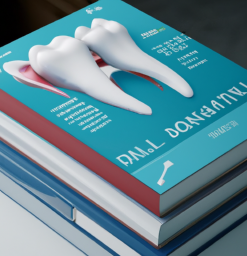
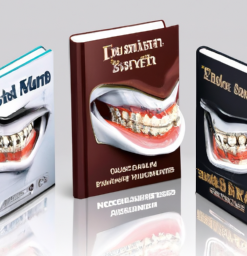
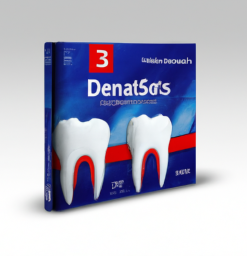
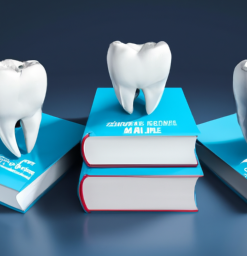
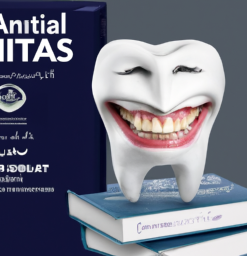
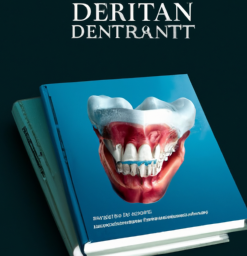

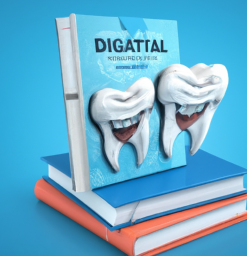


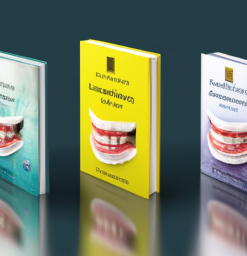

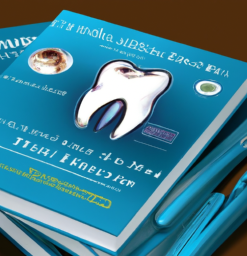
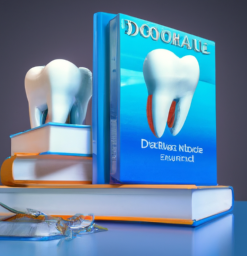
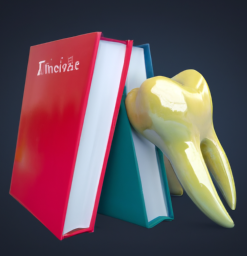

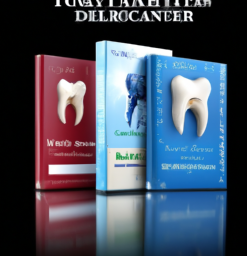
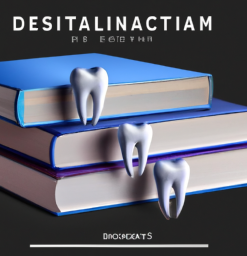
Reviews
There are no reviews yet.